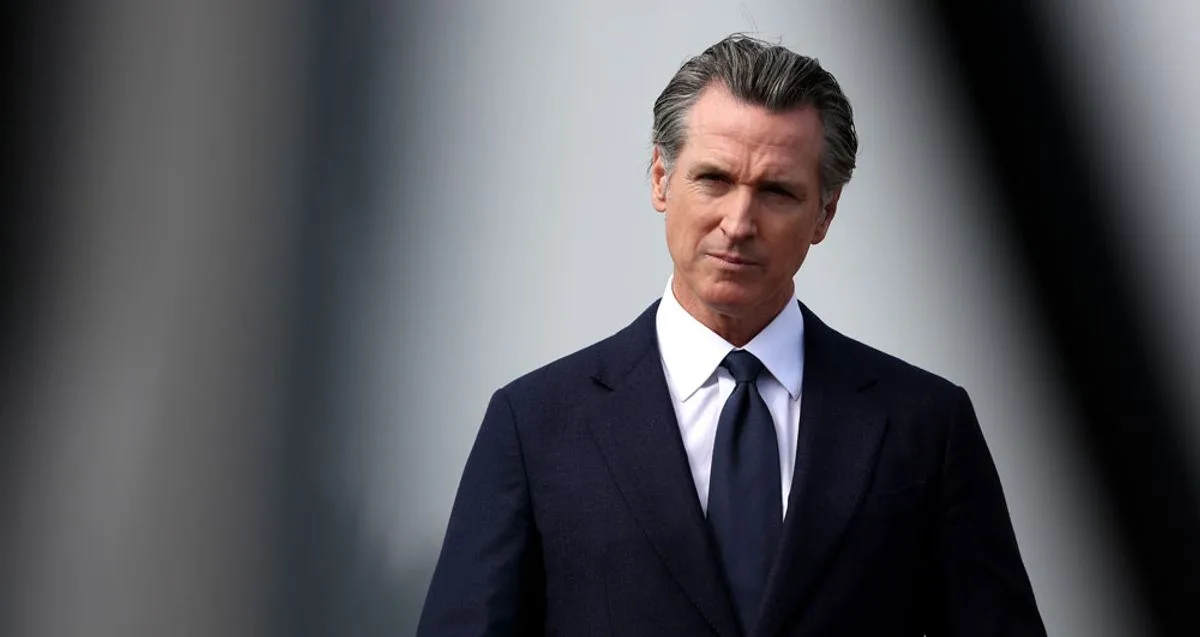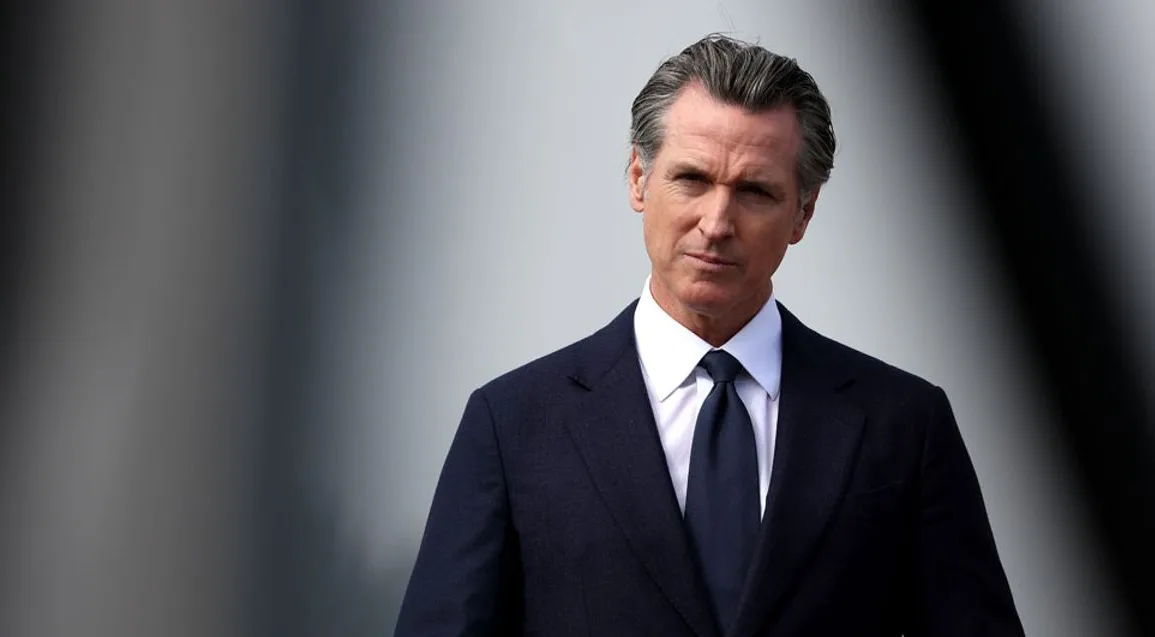
Last month, the San Francisco African American Reparations Advisory Committee, with the support of the San Francisco Human Rights Commission, submitted a nearly 400-page plan to repair harms allegedly inflicted by the city on its Black residents. San Francisco’s government invested considerable resources in the plan, which comes after a two-year investigation into what a 2021 report from the reparations committee called “city-sanctioned discrimination” against Black San Franciscans. The centerpiece of the plan, which seeks to reshape the city’s laws and economy to the tune of more than $100 billion, is a proposal to pay out $5 million to every eligible Black resident of the city.
These days, many Americans see San Francisco as a grim warning about urban decay. Scenes of rampant homelessness, public drug use, and brazen property crimes are routinely spread across newsfeeds, alongside headlines like this doozy from the Aug. 11 issue of the San Francisco Chronicle: “Crime is so bad near S.F. Federal building employees are told to work from home, officials said.” But ideas and policies tested out in California tend to spread to other parts of the country. “As California goes, so goes the nation.” That is especially true given that Gavin Newson, the former mayor of San Francisco who now serves as California’s governor, is widely seen as a potential presidential nominee for the Democrats. This is why the reparation plan needs to be examined closely—it could be the model for more widespread efforts to push similar measures as the new baseline of the racial equity agenda.
As the plan acknowledges, chattel slavery did not exist in San Francisco or California. The plan therefore tries to make the case that the “tenets of segregation, white supremacy, separatism, and the systematic repression and exclusion of Black people from the city’s economy” were codified in San Francisco’s urban renewal policies of 1948. Those policies included the creation of the San Francisco Redevelopment Agency (SFRA), California’s first redevelopment agency, which sought the rehabilitation of slums across the city. The agency was formed under California’s Community Redevelopment Act of 1945, California’s response to the Housing Act of 1937 passed by FDR. The Housing Act provided subsidies to municipal housing agencies with the goal of improving living conditions for poor Americans nationwide.
This is how the reparations committee describes the alleged harms of 20th-century urban renewal projects:
Of particular focus in this plan is the era of Urban Renewal, perhaps the most significant example of how the City and County of San Francisco as an institution played a role in undermining Black wealth opportunities and actively displacing the city’s Black population. As San Francisco’s African American population grew between 1940 and 1963, public and private entities facilitated the conditions that created near-exclusive Black communities within the city, while simultaneously limiting political participation and representation, disinvesting from academic and cultural institutions, and intentionally displacing Black communities from San Francisco through targeted, sometimes violent actions.
But the plan’s characterization of this history is incomplete and inaccurate, leaving out crucial details about the causes of these problems and the ways they have been addressed. The plan also privileges Black displacement while rendering the forced removal of the city’s Japanese and poor white residents invisible.
San Francisco’s urban renewal concentrated most of its efforts in the Western Addition district of the city—an area that many African Americans moved to following World War II. The Western Addition had previously been home to a large population of Japanese residents since the early 20th century—with nearly 600 Japanese businesses operating between South Park and the Western Addition by 1909.
The Western Addition’s Japantown, established in 1906 after the destructive San Francisco earthquake, had the world’s largest and oldest Japanese population living outside of Japan by 1940. But over 5,000 of those residents were forcibly removed after FDR’s executive order to intern Japanese families on the West Coast. This paved the way for Black San Franciscans to move in and turn the neighborhood into a cultural base. The Western Addition’s famous Fillmore district subsequently became known as the Harlem of the West, famous for its jazz and other clubs.
Following the internment of Japanese residents, urban renewal displaced nearly 5,000 more families in the 1950s and 1960s, around 40% of whom were white. The Reparations Committee does not call for reparations for these white families displaced by urban renewal, nor mention them in its plan. The plan also does not mention the displacement of Japanese families which made the historic Fillmore district possible, or call for reparations for these families. The plan does deign to mention that San Francisco compensated the small number of Japanese city employees for income losses during internment, as a supporting example of what the city could and should do for its Black residents.
The legal history of urban renewal also offers a different perspective than the one presented in the reparations plan. Residents of San Francisco’s Western Addition successfully won representation in the SFRA’s decision-making process through a suit filed against its actions in the area. In the ’70s, residents of the South of Market area successfully halted progress on the large-scale Yerba Buena Center project, which raised concerns among community members over dislocation of residents and negative environmental impacts.
These lawsuits and various others led to the Uniform Relocation Assistance and Real Property Acquisition Act of 1970 (URA), which settled an until-then unresolved Fifth Amendment issue. The Fifth Amendment guarantees compensation for citizens whose property has been seized by the United States government, but does not guarantee compensation for the expenses associated with relocating. The URA, which uniformly provides benefits to forcefully relocated residents and businesses, was seen as a landmark civil rights victory, coming just two years after Johnson’s transformative Fair Housing Act of 1968. The resolution of community complaints through successful legal challenges goes unmentioned in San Francisco’s current reparations plan.
Some estimates of the cost of the committee’s recommendations sit somewhere north of $100 billion—which is more than a third of the state’s entire tax budget.
In addition to offering an incomplete or even revisionist history of the city’s urban reforms, the plan also offers a blueprint for who should receive the benefits of this reparations plan. According to the committee’s latest report, these are the main requirements for receipt of reparations:
- Being an African American descendent of an enslaved person or a descendant of a free Black person prior to the beginning of the 20th century, or who has “identified as Black/African American on public documents for at least 10 years”
- 18 years or older
- Born in SF or moved to the city before 2006
The plan goes on to state that, in addition to providing proof of the above eligibility requirements, proof of being harmed by the city of San Francisco must be provided. An example of the kinds of possible harm one could have experienced include being charged for a drug-related offense. “An individual, or direct descendant of someone, who was arrested, prosecuted, convicted, and/or sentenced in San Francisco for a drug-related crime and/or served a jail or probation sentence for a drug-related crime in San Francisco during the failed War on Drugs (June 1971 to present), including individuals who received offenses, or served, as juveniles.”
In addition to the $5 million lump sum payment the plan proposes for each eligible Black resident, the plan presents a host of other ideas in its “Economic Empowerment” section:
- Pay lower-income Black families the equivalent of San Francisco’s median income, currently $97,000, annually for the next 250 years
- Create a publicly funded banking institution to grant loans, credit, and financing to those who fall outside the requirements of private banking
- Create a publicly funded and comprehensive debt forgiveness program that clears all Black residents of student loans, personal loans, credit card debt, and all other debts
- Grant Black individuals tax abatement on sales taxes for the next 250 years
- Publicly funded home, rental, and commercial insurance guaranteed for eligible Black residents
- Remove credit score ratings from public banking institutions
- All government buildings being leased or sold in the city must pay a minimum 50% of their gross receipts into an SF Reparations Fund
- Reparations are exempt from all state and municipal taxation
- Convert public housing units into condos to sell to Black residents for $1
- Make all residential properties vacant for over three months “immediately available” to all Section 8 voucher holders and reparations recipients
While it is currently unknown what the total cost of a full implementation of the committee’s recommendations might be, an economist is not needed to figure out that the city would likely face immediate insolvency with the implementation of these proposals. Some estimates of the cost of the Committee’s recommendations for $5 million payouts sit north of $100 billion—which is more than a third of the state’s entire tax budget. San Francisco’s $14 billion budget, meanwhile, is around seven times less than the price tag of the $5 million payout goal of the reparations agenda.
This exorbitant proposal comes as the city is suffering a host of ills that are driving off its tax base, with businesses and residents fleeing for cheaper, safer, and cleaner regions of the state and country. A recent survey by the U.S Census Bureau found that nearly 8% of San Francisco’s residents plan on moving away from the city within a year. Besides Seattle, no other major metro area surveyed in the U.S. had as many residents saying they intended to move. The plan’s implementation would also likely face significant legal challenges for violating United States Civil Rights Law, including violation of the California Civil Rights Initiative, a 1996 proposition barring government agencies from granting preferential treatment in “public employment, public education, or public contracting” on the basis of race or any other discrete characteristic.
The reparations plan presents another substantive attempt to transform the city from one of San Francisco’s key power blocs—its activist base, which has suffered sizable criticism for its radical progressive agenda in other areas of San Francisco policy. Some recent examples include the San Francisco School Board voting unanimously in 2019 to destroy Victor Arnautoff’s “Life of Washington” mural at George Washington High School. In 2021, Superior Court Judge Anne-Christine Massullo blocked the destruction of the mural, implying that the School Board’s plans amounted to “parochial political agendas.” In January 2021, the School Board approved a plan to change the names of 44 schools whose names they said were associated with European colonization. The board voted to reverse the renaming effort following lawsuits in April of the same year.
The next San Francisco mayoral election presents a bifurcation of destiny for one of the nation’s most important cities: will San Francisco residents support someone who uses their executive authority to pursue more moderate policies and take on the city’s crime wave, fentanyl crisis, and rampant homelessness, or are San Franciscans as crazy as the news makes them seem? We’ll have to wait and see.



